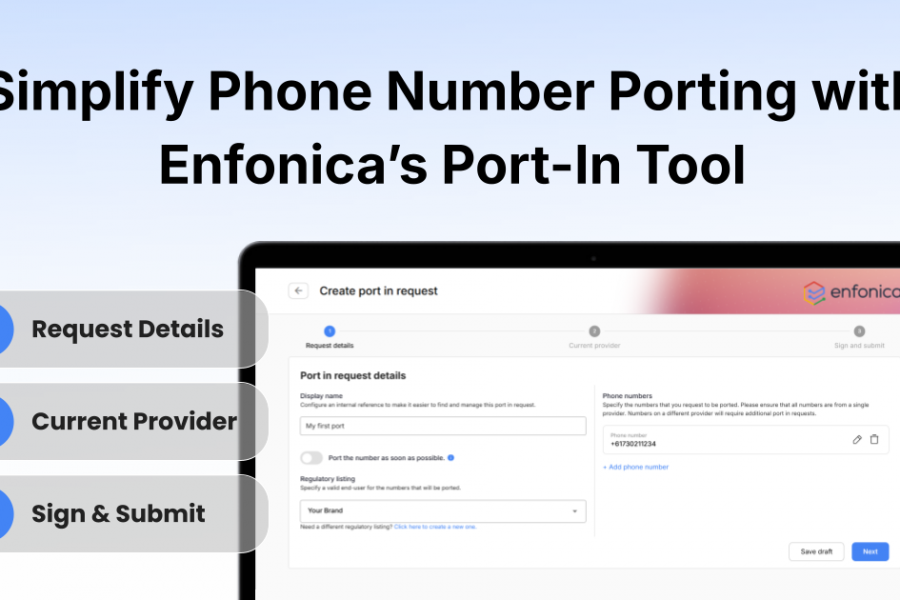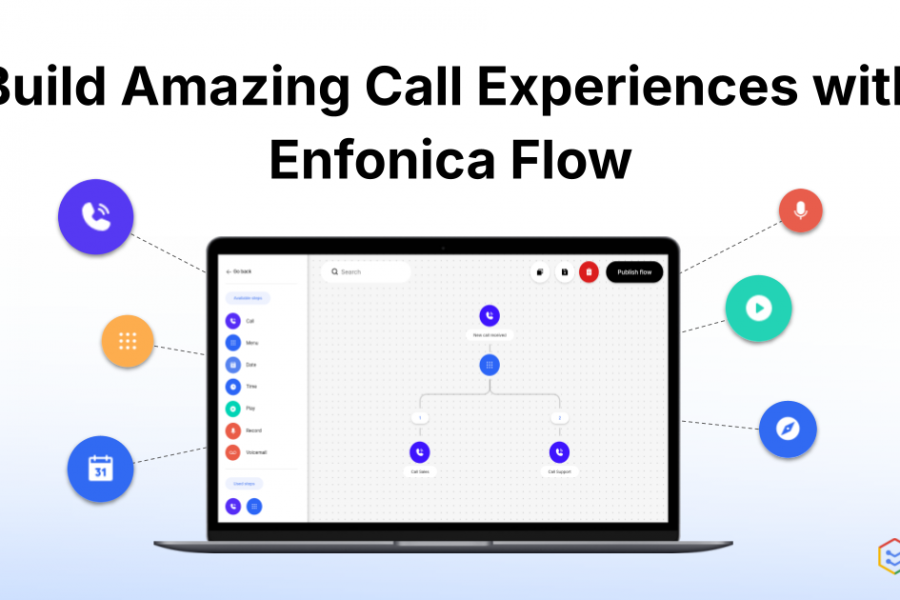Say goodbye to DIDs and say hello to SIP.
If you’ve managed 13, 1300 or 1800 numbers before, you might know that they are generally diverted behind-the-scenes to a DID (a local phone number). This DID is then usually delivered into your phone system or contact center over SIP, where it’s handled by an IVR or call queue. What you might not know is that this diversion adds costs to every minute of every phone call.
Unnecessary costs
When a 1300 or 1800 number is diverted to a DID, there are two cost components in the PSTN phone network:
- The cost to receive the call on the 1300 or 1800 number
- The cost to divert the call to a DID
Most providers will combine these costs into one line item, such as “1300 Mobile to Fixed.”
If the DID is ultimately sent to you over SIP, then why is it there in the first place?
Limitations of legacy phone networks
The truth is that 1300 and 1800 numbers were first introduced in the late 20th century when nobody was using SIP, and phone systems were generally connected using copper, where DIDs were used as in-dial numbers. It makes sense that most phone companies designed their 1300 and 1800 infrastructure to divert incoming calls to DIDs.
Unfortunately, most phone companies have not changed the design of their 1300 and 1800 infrastructure, and it remains designed to divert calls to DIDs. For most phone companies, they simply don’t have the incentive to change how this works, because the service is small in their huge portfolio of offerings, and supporting SIP would only serve to reduce their revenues.
Modern telco to the rescue
Luckily, there has been innovation since the 20th century, and modern cloud telcos (like Enfonica) natively support SIP.
With a modern telco, you can cut out the DID and receive calls to 1300 and 1800 numbers directly over SIP. It’s easy to understand how this works: instead of receiving a SIP call that has a DID in the To header, you receive a SIP call that has your 1300 or 1800 number in the To header.
The benefits of this are summarized below.
- Reduced cost
Only pay the phone network for receiving the call on the 1300 or 1800 number. Don’t pay the phone network for diverting it to a DID, or for the DID itself.
- Quality
Reducing the number of times call traffic is forwarded reduces latency and the number of potential failure points.
- Additional metadata
For mobile calls to 1300 and 1800 numbers, additional metadata such as MoLI codes (Mobile Location Information) is available, which tell you approximately where in Australia these calls came from.
Summary
Legacy phone companies have been slow to keep up with innovation on 1300 and 1800 services. You are likely paying for unnecessary call diversions which leads to a higher per-minute price for every call you receive. Receiving calls directly over SIP not only reduces costs, but improves latency and reliability and offers additional metadata that might be useful for your organization.
Enfonica is an Australian cloud telco. Our Cloud SIP product allows you to connect your phone system and contact centre infrastructure to the PSTN in minutes. Cloud SIP supports 1300/1800 direct to SIP, and we can port-in numbers from any providers with no downtime.









